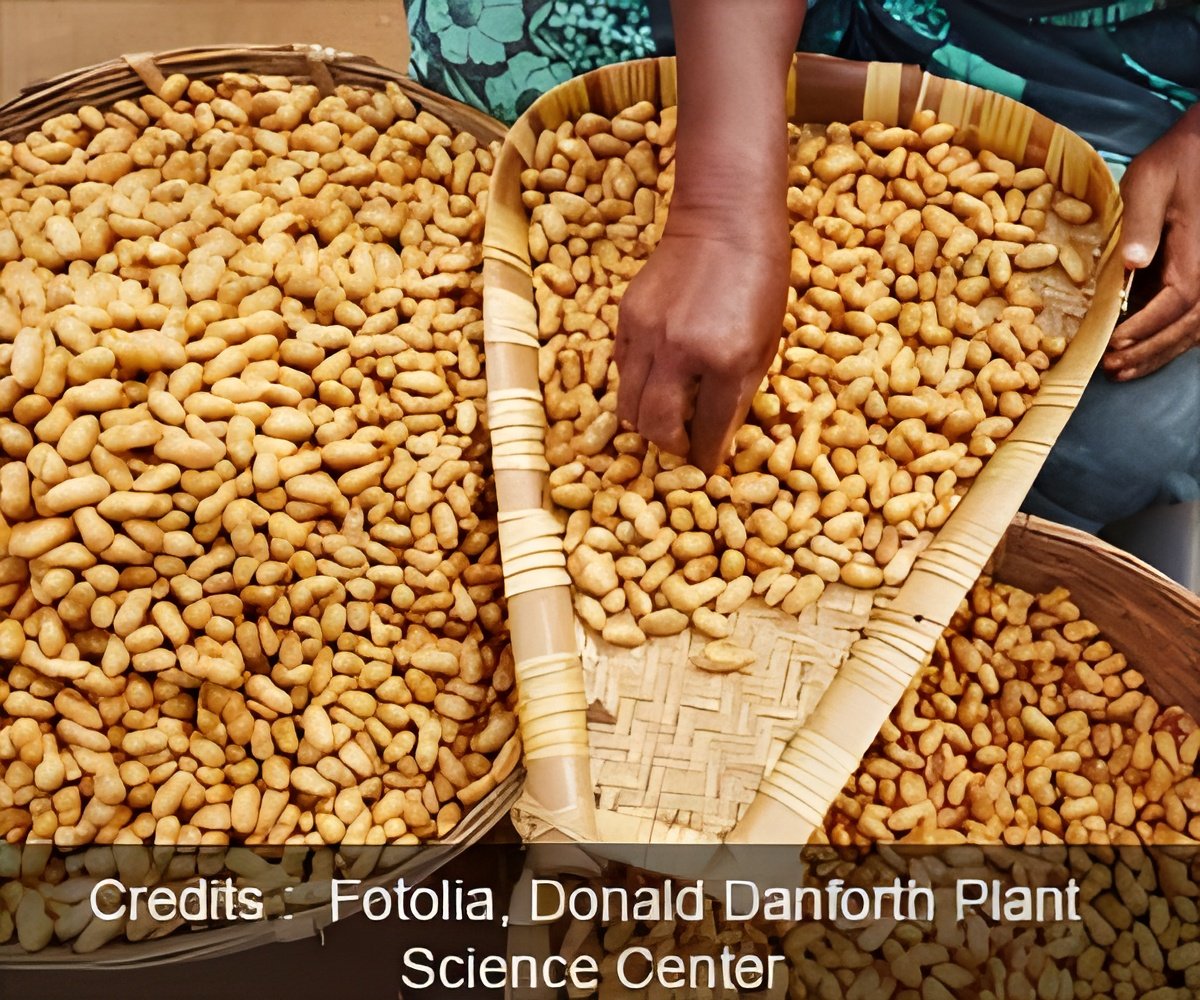Aflatoxin is a poisonous carcinogen that grows in moist groundnuts and can result in an enormous amount of food waste.

‘The molds, Aspergillus flavus and Aspergillus parasiticus, which infect groundnut, maize, cottonseed and chilly produce aflatoxins.’





Aflatoxins pose a major risk to human and animal health worldwide and result in an enormous amount of food waste. The molds, Aspergillus flavus and Aspergillus parasiticus, which infect groundnut, maize, cottonseed and chilly, produce these toxins which suppress the immune system, hinder growth in children and even cause liver cancer. The fungus which produces these toxins can stay dormant in the soil for years. It infects maize and groundnut during drought and heat stress. Contamination also happens when grain is stored in hot, humid and poorly-ventilated conditions. Since aflatoxins are potent carcinogens, the United States does not allow the sale and export of food with aflatoxin levels exceeding 20 parts per billion (ppb). European Union standards are more stringent; the bar is 2 ppb.
"Plant defensins exhibit potent antifungal activity against several economically important fungal pathogens and it is exciting to see successful application of this technology for reducing the pre-harvest infection by Aspergillus and alleviating the burden of mycotoxins in genetically modified groundnut. If deployed commercially, this technology has significant potential to contribute to food safety in the under-developed and developing countries where mycotoxin contamination of groundnut, maize, chili and cottonseed pose a major threat to human and animal health," said Dilip Shah, Ph.D., principal investigator at the Danforth Plant Science Center.
World peanut production totals about 29 million metric tons per year. The U.S. is the world's third-largest producer, after China and India. Peanuts are the 12th most valuable cash crop grown in the U.S. with a farm value of over one billion U.S. dollars. American consumers eat more than 6 pounds or 2.7 kilograms (kernel basis) of peanut products each year, worth more than $2 billion at the retail level. Worldwide peanut exports are about 1.25 million metric tons annually.
Two complementary approaches are being deployed to address the issue. Shah and his team transferred small proteins called defensins from alfalfa and the Mediterranean clover to the DNA of an Aspergillus-susceptible peanut variety widely grown in Africa and India which allowed the groundnut to stop the fungus from infecting the plant.
Advertisement
Source-Eurekalert















